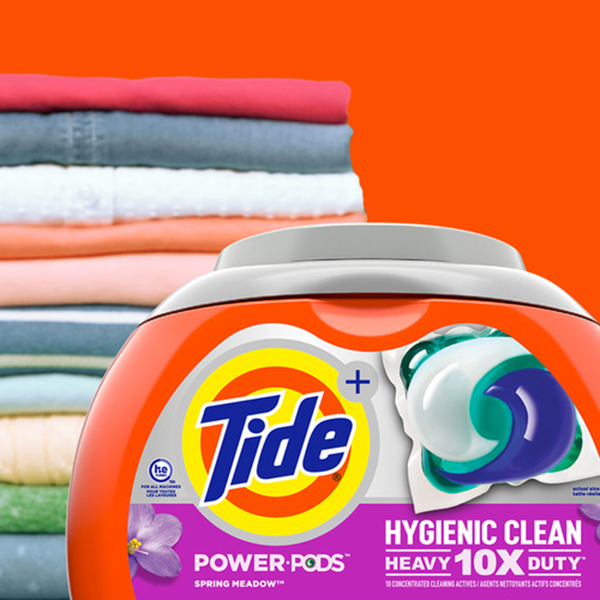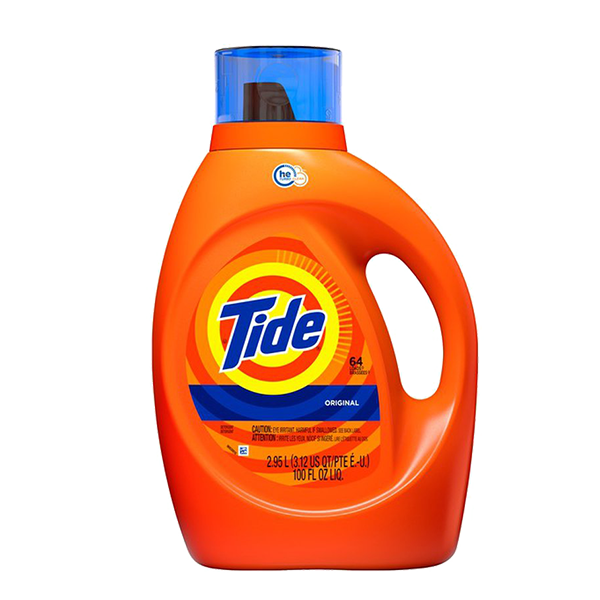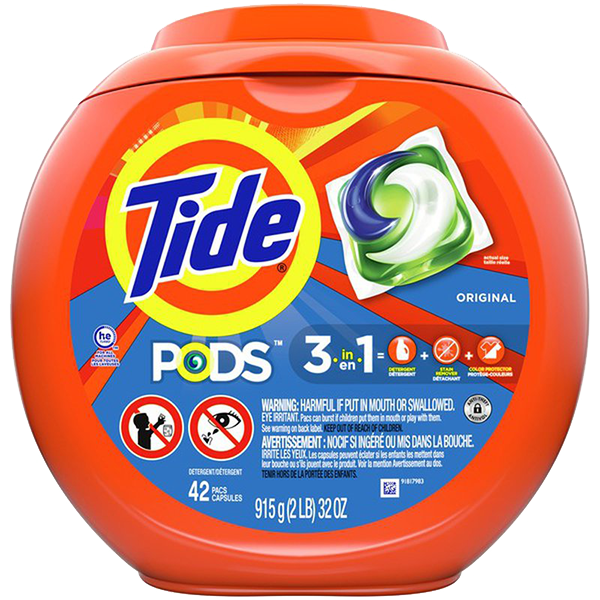Laundry 101: 7 Steps to Doing Laundry Like a Pro
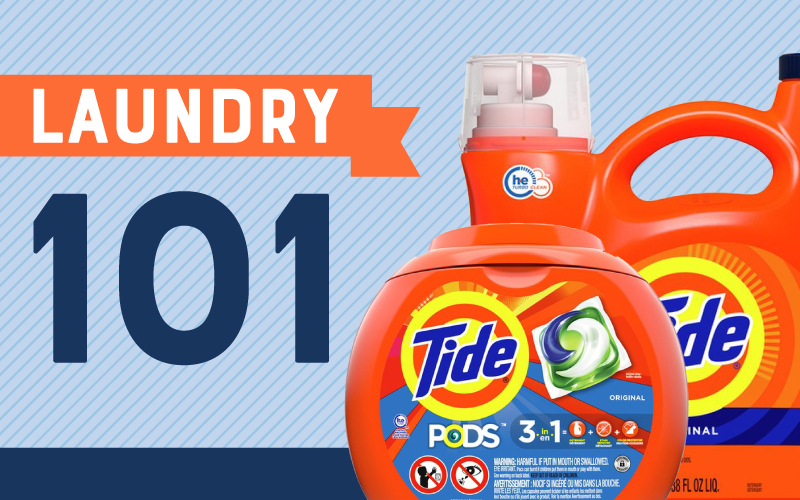
The following information and imagery were provided by our partners at Proctor & Gamble and Tide.
For many, “doing the laundry” is a common household chore that is learned at a young age. From how to separate the colors from the whites and darks to how to choose the best detergent and operate the machine, we all know the basics, but believe it or not, there is a right way to do your laundry and you may be overlooking a few important steps.
Whether you’re novice or pro, these seven simple steps will help you master the art of laundry!
Step 1: Know Your Laundry Symbols
It may seem like a secret code at first glance, but fabric care labels are actually easy to interpret. These laundry symbols let you know before washing which cycle to use, how to dry, and even how high the heat setting on an iron you can use. Once you get to know a few of these universal washing symbols, your laundry routine will become second nature. Some of the most common laundry symbols will show you:
- When to use a cold or hot wash, or something in between
- When to use or avoid bleach
- Which garments to tumble dry and which should dry flat
Because different materials have different laundry needs, it’s important to check your garments’ fabric care labels before getting started. Knowing these symbols will help you get the best results and preserve the life of your clothes. Click here to learn how to read laundry symbols.
Step 2: Learn How to Separate Laundry
Once you’ve familiarized yourself with fabric care labels, the next step toward laundry success is sorting. For the best results, you’ll want to wash different colors and fabrics separately, so to begin, you can sort clothes by:
- Color Shades: Clothes with deep colors are more likely to bleed dye when washed. To avoid damaging other clothing, sort laundry according to color, separating lights from darks.
- Fabric Weight: Wash and dry heavier items, like towels, separately from lighter weight clothes to prevent damage to finer fabrics and ensure even drying.
- Fabric Type: Wash delicates and durable fabrics separately on the appropriate washing cycles to avoid damage to fine fabrics. Separate items with zippers and buttons from knits and lingerie.
- Amount of Dirt: Very dirty or stained laundry should be washed separately on a longer, heavy-duty cycle. This provides the agitation necessary to get rid of heavy dirt.
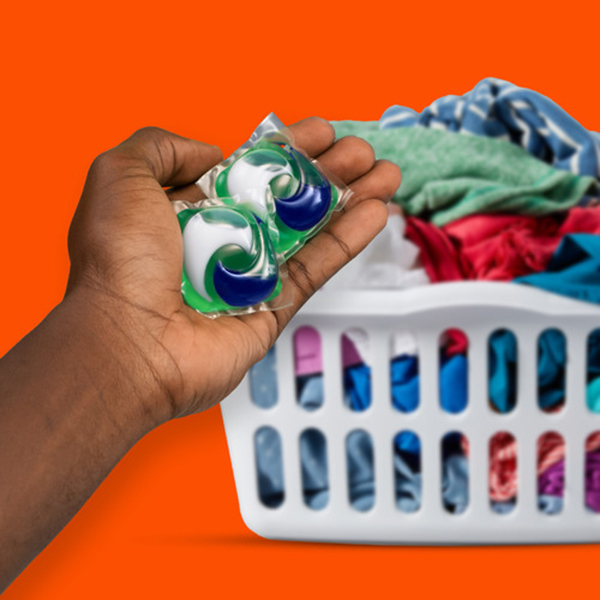
Step 3: Understand how to Pre-Treat Stains
Pre-treat any heavily stained or soiled clothes. This helps to loosen up the stain, making it easier to wash it out. There are several methods you can use, depending on the stain, but these two are used most often:
- Coffee, Tea, Berry or Sweat Stains: Pour detergent directly on the stain. Then gently rub the fabric together or use a soft-bristled toothbrush to help work the detergent into the fibers, then leave it on for a few minutes.
- Blood, Dirt or Motor Oil Stains: Prepare a soaking solution with Tide detergent. Let these garments soak for about 30 minutes before washing.
- Butter, Margarine or Grease Stains: Rub dish detergent onto the stain to loosen it before pre-treating.
- Chewing Gum Stains: Soak the item in hot vinegar for 1-3 minutes, but always test for colorfastness first. You can do this by applying a small amount of vinegar to an inconspicuous area of the garment. After a few minutes, blot with a paper towel, and if no color comes off on the towel, your garment is colorfast, and you can continue to pre-treat.
Step 4: Determine How Much Detergent to Use
Correct detergent dosing is the next most important factor for laundry success. The right amount depends on how large your load is, how dirty the clothes are, the hardness of your water, as well as the type of detergent you’re using.
The correct dosing is printed on every Tide detergent package, and you can use the cap for liquids and the scoop for powders to measure the correct dosage. With Tide PODS®, dosing is even easier. Simply place the sufficient number of laundry pacs into the drum, then add clothes, and start the cycle. Click here to learn how much detergent to use for every load size.
Step 5: Master how to Load a Washing Machine
To get the most out of your wash (and save time and energy), pay attention to the size of your washer’s drum and your load size. Give your clothes enough room to tumble, without wasting water, by applying the palm trick to avoid overloading.
Just place your hand into the drum, and if your hand fits between your clothes and the wall of the drum, then you have the perfect load size. It’s as easy as that.
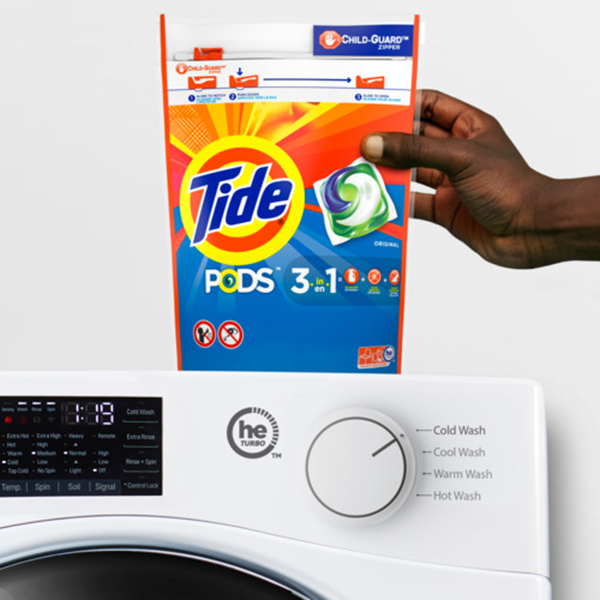
Step 6: Select the Proper Wash Cycle
Before selecting your cycle, always check the care label first. Aside from your detergent, the speed of agitation and temperature of the water are what get your clothes their cleanest. After you’ve sorted your items by color or fabric type, choosing the right cycle should be easy. See below for how to pick the best wash cycle and water temperature:
Normal/Regular Cycle
- Fabric Type: Best for whites, sheets, towels, underwear, socks and heavily soiled items.
- Purpose and Speed: Removes stains and dirt; cleans durable fabrics. Uses fast agitation in the wash cycle, and a fast spin cycle.
Delicate Cycle
- Fabric Type: Best for wool, silk, and any other, fragile garments that say “gentle wash” on the tag.
- Purpose and Speed: Gently cleans delicate items. Uses slow agitation in wash cycle, and a slow rinse cycle.
Permanent Press Cycle
- Fabric Type: Best for jeans, many non-cotton items, synthetic fibers such as rayons, knits, polyesters and acetates.
- Purpose and Speed: Cleans every-day clothes that wrinkle easily. Uses fast agitation in the wash cycle, and a slow spin cycle.
Cold Setting
- Fabric Type: Dark colors, bright colors that may run or fade, delicate fabrics, lightly soiled fabrics, anything that might shrink
- Purpose and Speed: Cold water saves the most energy while also being the most gentle on clothing.
Warm Setting
- Fabric Type: Synthetic, permanent press fabrics, towels
- Purpose and Speed: Good cleaning power for preserving colors without much fading or risk of shrinking
Hot Setting
- Fabric Type: Whites, cotton fabrics, socks, bed sheets, heavily soiled garments, baby clothes
- Purpose and Speed: Hot water removes the toughest stains and gives garments a deep clean.
Step 7: Consider How to Dry Your Clothes
Now that you’ve got fresh, clean clothes, there are a few things to remember when drying them. It’s important to choose the correct temperature for drying to prevent shrinkage and damage to the garments’ fibers. But first, don’t forget to take laundry out of the washer immediately to prevent musty smells from forming.
Before drying, check your items’ care labels. Some fabric types cannot be tumble dried, so you’ll want to set those pieces aside to air dry.
Now, be sure not to overload your dryer so all your garments have enough room to tumble. Add a Bounce dryer sheet to stop wrinkles and prevent static, and you’re good to go!
